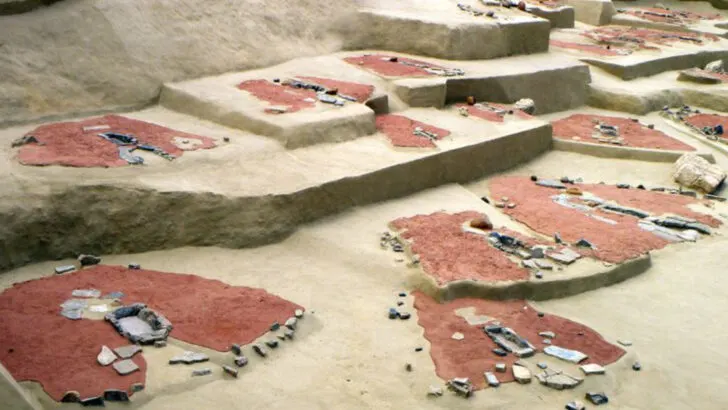Explore Europe’s ancient wonders with these 12 prehistoric landmarks that offer a unique glimpse into our distant past.
Each site tells a story of human ingenuity, culture, and mystery.
Stonehenge – Wiltshire, England
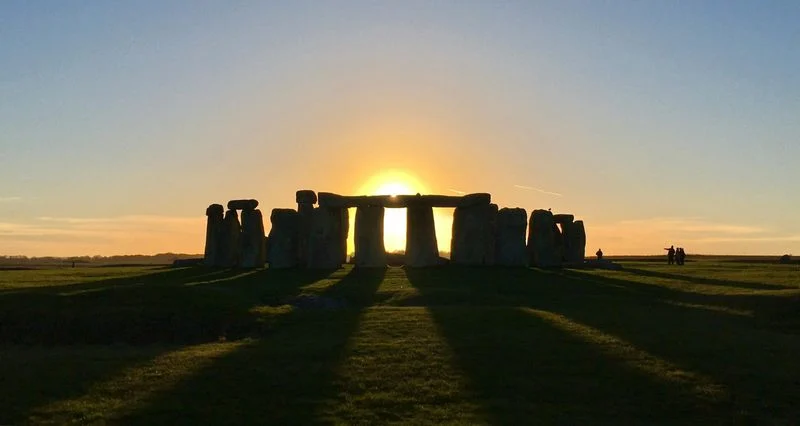
Stonehenge stands as a symbol of mystery and ancient prowess. Built between 3000 and 2000 BCE, this iconic circle of towering stones aligns perfectly with the solstices.
The engineering marvel has puzzled historians and archaeologists for centuries. Was it a burial ground, a celestial calendar, or a place of worship?
Each stone, weighing tons, was transported over vast distances. This feat speaks volumes about the community’s skills and beliefs, inviting us to ponder the lives of those who conceived it.
Newgrange – County Meath, Ireland
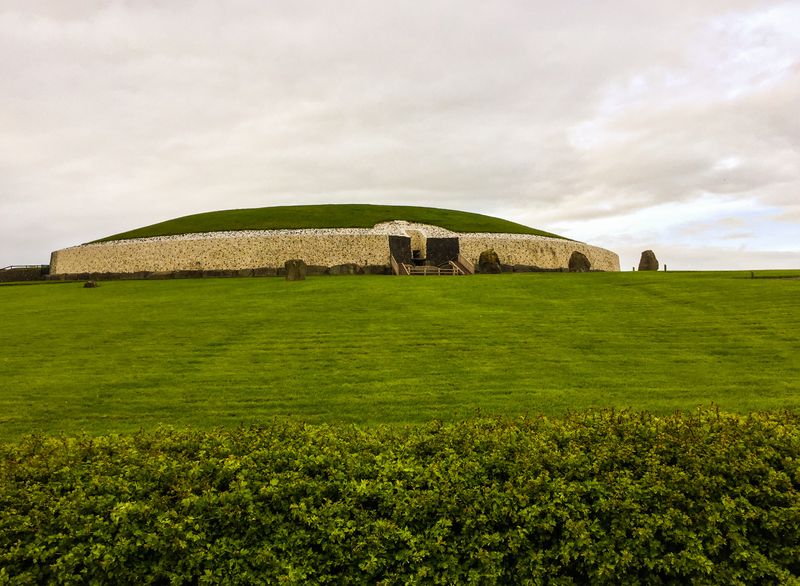
Older than the pyramids, Newgrange is a masterpiece of Neolithic architecture. Dating back to 3200 BCE, this passage tomb is renowned for its winter solstice alignment.
For a few magical minutes, the rising sun floods the inner chamber, revealing ancient carvings. This phenomenon showcases the astronomical knowledge of its builders.
Exploring Newgrange feels like stepping back in time, offering a tangible connection to a sophisticated prehistoric society. Its significance in history and mythology continues to captivate visitors and scholars alike.
Skara Brae – Orkney Islands, Scotland
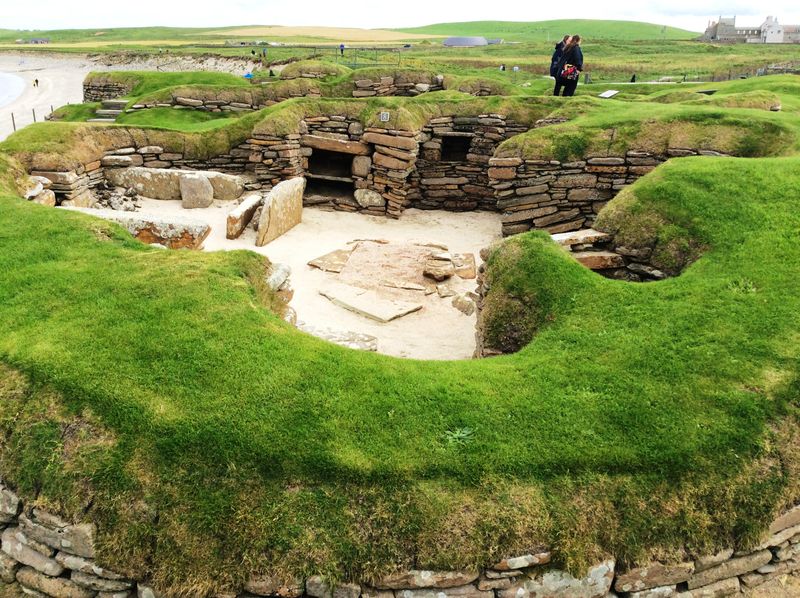
Imagine walking through a village frozen in time. Skara Brae, dating to around 3100 BCE, offers just that. Discovered after a storm in 1850, this Neolithic settlement reveals remarkable details of daily life.
Stone furniture, hearths, and even a primitive drainage system are still intact. It’s as if the inhabitants left only yesterday, leaving behind a snapshot of their lives.
This site challenges our perceptions of prehistoric communities, showcasing their ingenuity and adaptability in the harsh Orkney climate.
Altamira Cave – Cantabria, Spain
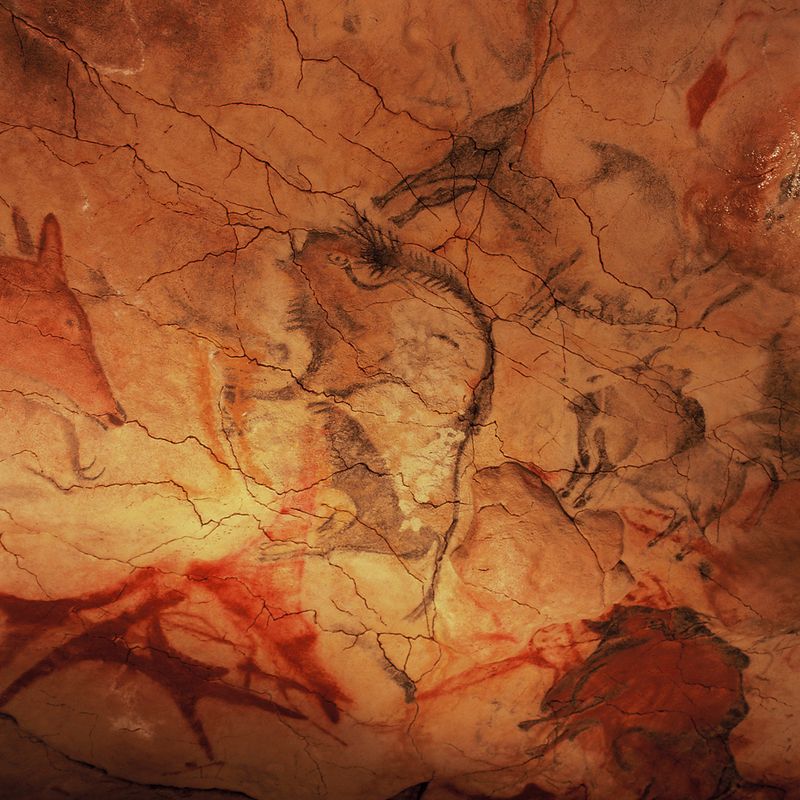
Altamira Cave is a gallery of Paleolithic art that captivates with its vivid bison and deer depictions. Created over 20,000 years ago, these paintings demonstrate early human creativity and skill.
Using natural pigments, the artists captured the vitality of the animals in motion. The cave, dubbed the ‘Sistine Chapel of Paleolithic Art,’ offers insight into the symbolic world of our ancestors.
Visiting Altamira is not just about seeing ancient art; it’s about connecting with the human spirit that transcends millennia.
Carnac Stones – Brittany, France
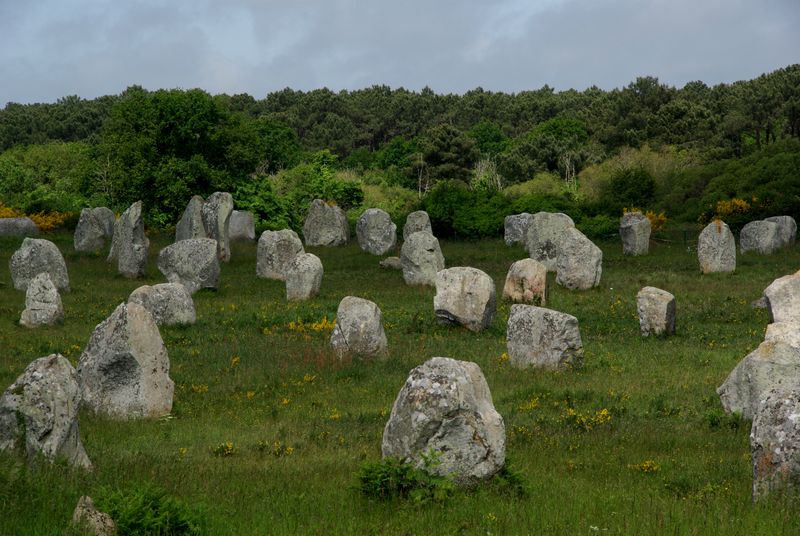
The Carnac Stones stretch across Brittany like a mysterious script written in stone. Comprising over 3,000 megaliths arranged in rows, these alignments date back to around 4500 BCE.
Their purpose remains elusive: were they religious, astronomical, or commemorative? The sheer scale of the site indicates a society capable of grand projects.
Wandering among these stones feels like stepping into a prehistoric world, leaving visitors awed by a past that still holds secrets.
Hypogeum of Ħal-Saflieni – Paola, Malta
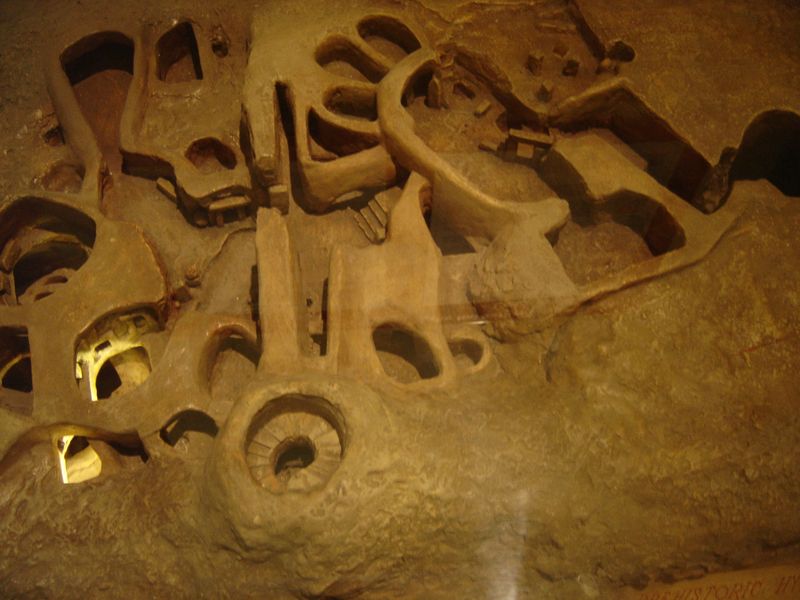
The Hypogeum of Ħal-Saflieni, carved from solid rock around 4000 BCE, is a subterranean marvel. This necropolis and temple showcases ancient architectural skill and sophisticated acoustics.
The chambers, adorned with red ochre, suggest ritualistic significance. Its discovery in 1902 offered new perspectives on ancient Maltese society.
Visiting the Hypogeum feels like entering another realm, where whispers of ancient rituals echo through time, providing a haunting glimpse into the spiritual world of our ancestors.
Gavrinis – Brittany, France
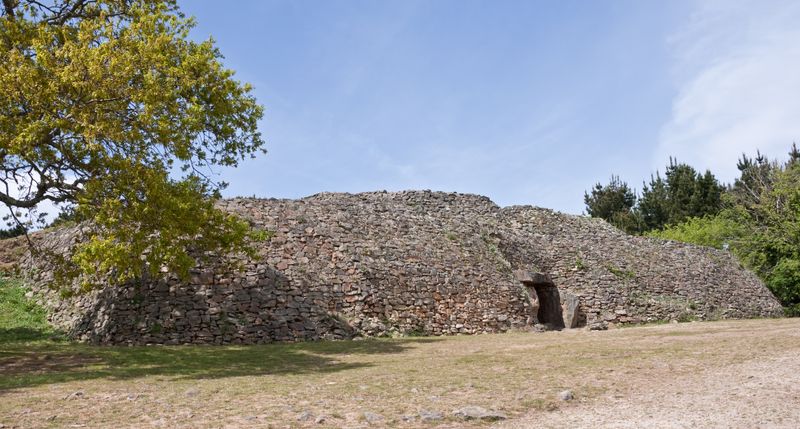
Gavrinis, located on a small island, stands out for its artistic richness. Built around 3500 BCE, this tomb’s passageway is adorned with intricately carved stone slabs.
The engravings, featuring spirals and geometric patterns, are mesmerizing. They reflect a deep cultural and spiritual life, hinting at the symbolic significance of the site.
Gavrinis invites contemplation on the connection between art, death, and the afterlife, revealing a layer of prehistoric sophistication.
Roc de Sers – Charente, France
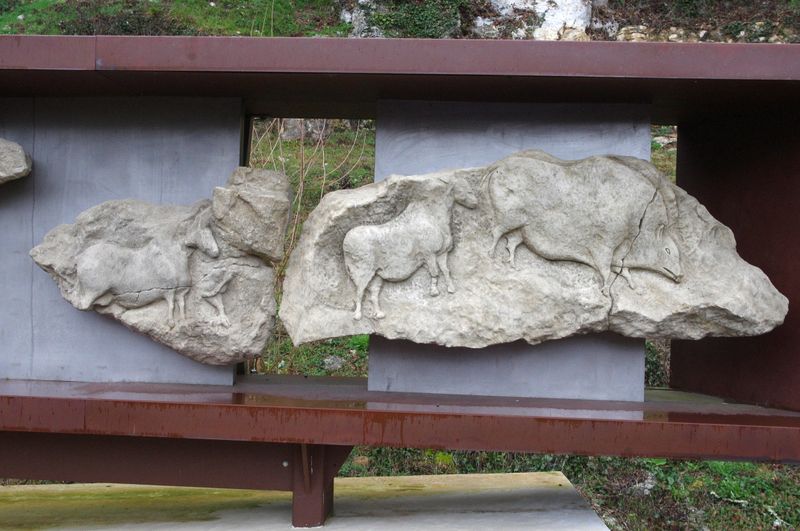
Roc de Sers hosts rare examples of open-air prehistoric sculpture. Its bas-reliefs, dating back nearly 17,000 years, depict animals in exquisite detail.
These carvings provide a glimpse into the artistic expression of Paleolithic humans, highlighting their connection to nature.
Exploring Roc de Sers, one is struck by the enduring legacy of these early artists, whose work continues to resonate with viewers, bridging the past and present.
Lepenski Vir – Serbia
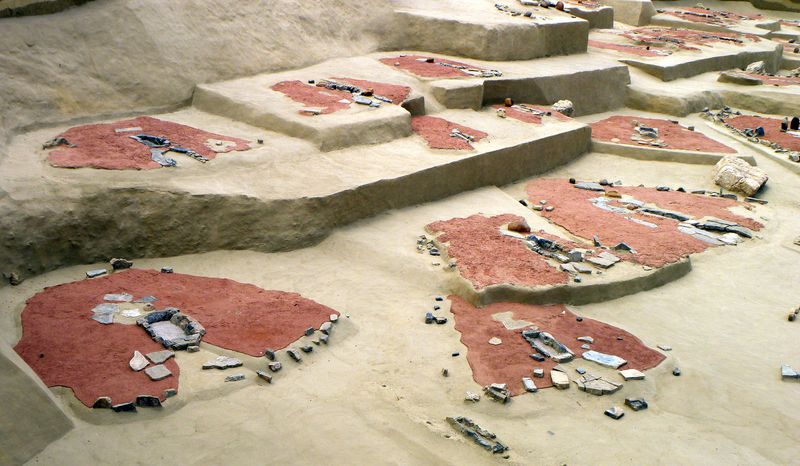
Located on the banks of the Danube River, Lepenski Vir is a remarkable Mesolithic settlement dating back to around 7000 BCE.
The site features trapezoidal houses with stone foundations and some of the earliest known monumental sculptures in Europe—abstract fish-like human figures carved in sandstone.
It offers rare insight into the transition from hunter-gatherer to agricultural societies in the Balkans.
Val Camonica Rock Engravings – Lombardy, Italy
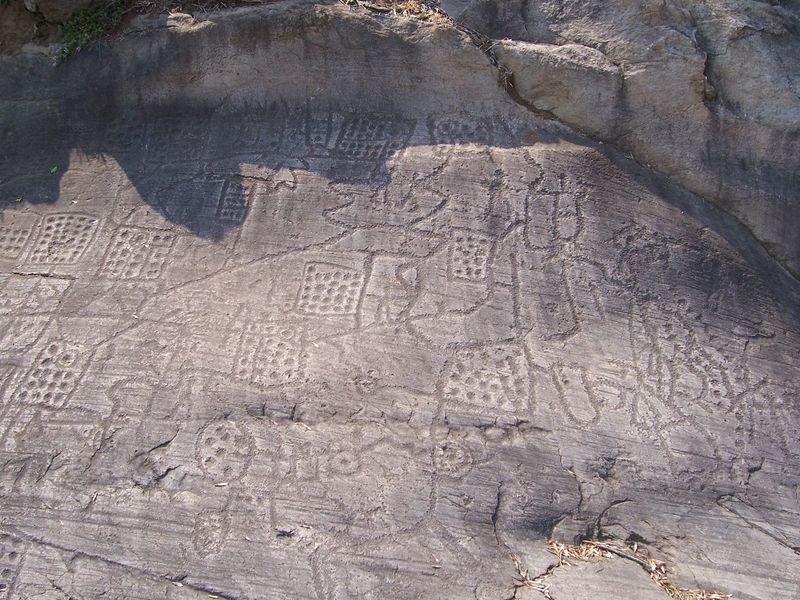
Val Camonica is a vast tapestry of prehistoric art, with over 140,000 rock engravings spanning from 8,000 BCE to the Iron Age.
These petroglyphs depict hunting scenes, symbols, and even early forms of writing. They offer insights into the lives and beliefs of ancient inhabitants.
The carvings, etched into the alpine landscape, form a narrative connecting millennia of human history, inviting us to decipher their stories today.
Tărtăria Tablets – Alba County, Romania
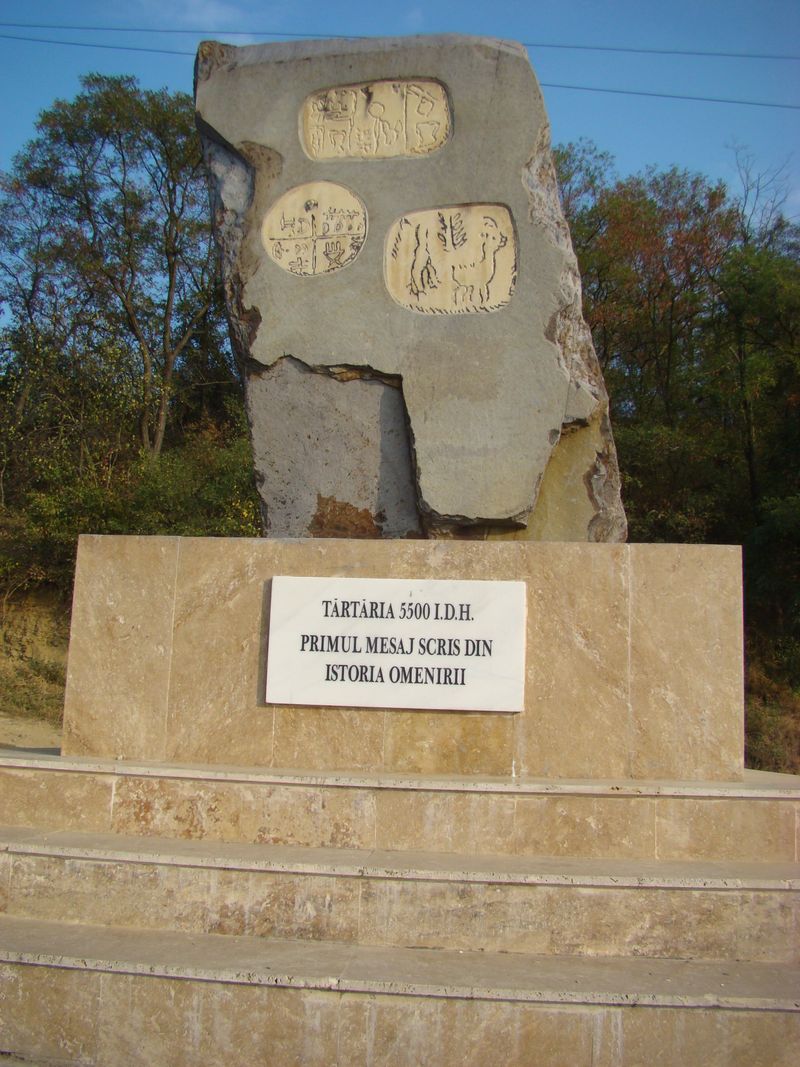
The Tărtăria Tablets, unearthed in 1961, are a tantalizing glimpse into early written communication. Dating to around 5300 BCE, these clay tablets feature symbols that may represent the earliest writing.
Their discovery challenged previous notions about the origins of writing, suggesting an independent development in Europe.
The tablets continue to provoke debate and curiosity, offering a mysterious insight into a prehistoric culture’s intellectual achievements.
Dolmens of Antequera – Andalusia, Spain
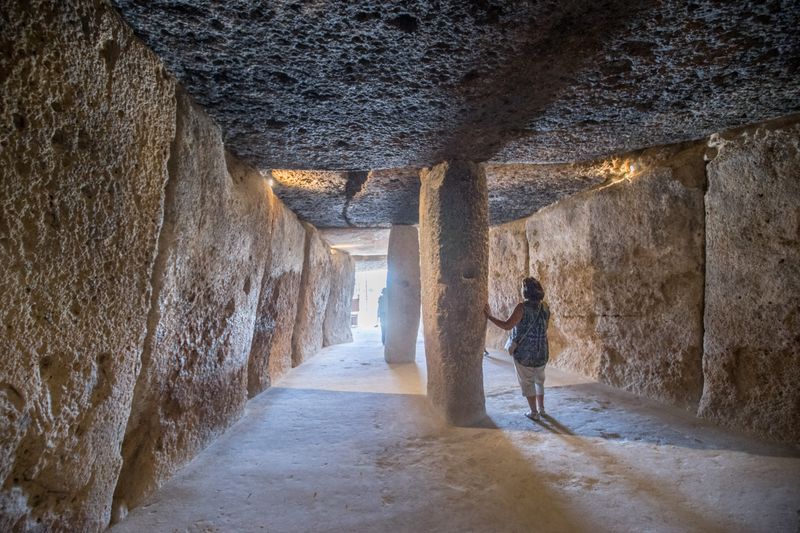
The Dolmens of Antequera blend architecture with nature in a unique prehistoric setting. Dating back to the 3rd millennium BCE, this complex includes Menga, Viera, and El Romeral dolmens.
The alignment with natural landmarks, like La Peña de los Enamorados, showcases a sophisticated understanding of geography and astronomy.
Recognized as a UNESCO World Heritage Site, these structures stand as monuments to human creativity and the enduring connection between people and their environment.

